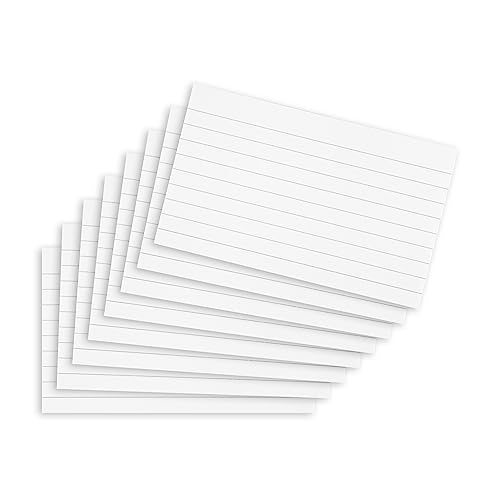The Purpose of the Lines on Index Cards
If you’ve ever used index cards, you’ve probably noticed that they almost always come with lines. But have you ever stopped to wonder why they have those lines, or what purpose they serve? In this article, we’ll explore the history of index cards and examine why those lines are an essential feature.
A Brief History of Index Cards
Index cards have been around for over two centuries. They were invented by Carl Linnaeus, a Swedish botanist, in the mid-1700s. Linnaeus was frustrated with the disorganized state of his research notes and decided to create a new system for organizing information. His invention, the index card, allowed him to record each piece of information on a separate card and then sort them into categories.
The Function of Lines
Now, onto the main question: why do index cards have lines? The short answer is that lines make it easier to write neatly and keep information organized. Without those lines, your writing could quickly become crooked or messy, which would make it harder to read and sort.
But Wait, There’s More!
While the primary function of lines is to keep your writing neat, they can also serve other purposes. For example, you can use them to create tables or graphs on your index cards, allowing you to compare and contrast information visually.
So, the next time you find yourself writing on an index card, take a moment to appreciate those lines. They may seem like a small feature, but they play an essential role in keeping your writing organized, legible, and useful for years to come.






